Understanding real gold
Gold is a precious metal that has been used in jewellery for thousands of years. However, not all gold jewellery is created equal.
If you’re thinking of selling your pieces, and would like to know what it’s worth – it is best to get an expert to appraise the piece. However, here are some tests that you can do at home to distinguish if your jewellery is real gold or fake, gold-plated.
- Check for hallmarks: Real gold jewellery is usually stamped with a hallmark indicating its purity. These marks include:
- 24K, 22K, 18K, 14K, 10K: These numbers represent the purity of gold, with 24K being the purest form.
- AU, GF, GP, or EP: Indicates whether the piece is gold-filled, gold-plated, or electroplated.
- Perform the magnet test: Gold is not magnetic. One way to test your jewellery is to hold a strong magnet close to it. If the piece is attracted to the magnet, it likely contains other metals and is not pure gold.
- Use the ceramic scratch test: Gently rub the gold piece on an unglazed ceramic plate. Real gold will leave a golden streak, while fake gold or gold-plated items may leave a black mark.
- Try the nitric acid test: If you’re comfortable using chemicals, the nitric acid test can help determine the authenticity of gold. Apply a small drop of nitric acid to the jewellery; if it reacts and turns green, it’s not real gold. Real gold will not react with nitric acid.
- Weigh the piece: Gold is denser than most metals, so real gold jewellery should feel heavier than fake pieces of the same size. You can compare the weight of your jewellery with similar-sized items that you know are genuine gold.





